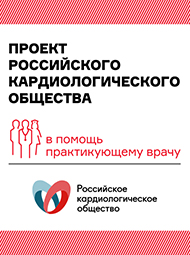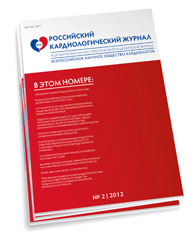Heart Patients Slow to Make Healthy Choices
Roughly one in seven patients globally do not adopt healthy lifestyle changes after suffering a stroke or developing coronary heart disease, researchers found.
A multicountry epidemiology cohort of patients with coronary heart disease or stroke showed that 14.3% of patients worldwide did not alter smoking, engagement in physical activity, or healthy eating habits following disease incidence, according to Koon Teo, PhD, of the Population Health Research Institute in Hamilton, Ontario, and colleagues.
Trends in changes of eating and smoking habits varied significantly by average country income designation, with patients in low-income countries having the lowest prevalence of healthy dieting (25.8% versus 43.4% in high-income countries) and smoking cessation (38.1% versus 74.9%) following disease incidence, they wrote online in the Journal of the American Medical Association.
Although observational data has shown that patients who have experienced an acute coronary syndrome should adjust habits to fit a healthier lifestyle to reduce risks of recurrent disease, prior research has illustrated "that only small proportions of individuals followed recommended lifestyle practices," they noted.
The researchers studied the prevalence of three healthy behaviors -- smoking cessation, physical activity and exercise, and healthy eating -- among 7,519 participants who self-reported having coronary heart disease or stroke incidence as part of the Prospective Urban Rural Epidemiology (PURE) study, a prospective cohort of patients from rural and urban communities in high-, middle-, and low-income countries.
Participants provided data on daily smoking over the previous 12 months; physical activity at work, home, and leisure; and food frequency questionnaires. Alcohol intake was not included in food frequency measurements.
Coronary heart disease was identified as self report of angina, myocardial infarction, coronary artery bypass graft surgery, or percutaneous coronary angioplasty.
Participants had a mean age of 57.2, were mostly from upper-middle (26.2%) or lower-middle (48.8%) income countries, and were mostly from urban areas (60.6%). Nearly half had no schooling higher than primary school or an unknown amount (48.4%), had never smoked (61.1%), and had hypertension (75.2%). They were interviewed an average of 5 years from the time of diagnosis.
The majority of patients were from China (40.8%), followed by South Asia (12.9%), South America (15.3%), or North America or Europe (16.2%).
Roughly 20% of participants were current smokers (18.5%), while more than half of those who had ever smoked had quit (52.5%). The trend for smoking cessation by country income status was significant, where those in higher-income countries were more likely to quit smoking than those in lower-income countries (P<0.001).
Post-cardiovascular incident high levels of physical activity were common to around one-third of participants (35.1%), though differences between countries were not significant, they wrote.
Nearly 40% of participants reported eating a healthy diet (39%), though prevalence varied by country average income. Participants from low-income countries were less likely (25.8%) than countries of higher income levels to eat a healthy diet.
By combination of healthy behavior, 42.7% of participants adopted at least one healthy behavior after coronary heart disease or stroke incidence, while 30.6% adopted two behaviors, and 4.3% followed all healthy guidelines.
"Participants were more likely to have two or more healthy lifestyle behaviors if they were from high-income countries (odds ratio 2.61, 95% CI 2.11 to 3.22), upper-middle-income countries (OR 1.42, 95% CI 1.18 to 1.70), and lower-middle-income countries (OR 2.70, 95% CI 2.33 to 3.13)," versus low-income countries, they wrote.
The authors also noted that "lifestyle modifications to reduce the risk of recurrent cardiovascular disease events are as essential as using proven secondary prevention medications," and that their findings require the "development of simple, effective, and low-cost strategies for secondary prevention that are acceptable worldwide."
The cross-sectional study was limited by snapshot collection of health behaviors and did not determine if those habits persisted from before disease incidence.
Source: www.medpagetoday.com






